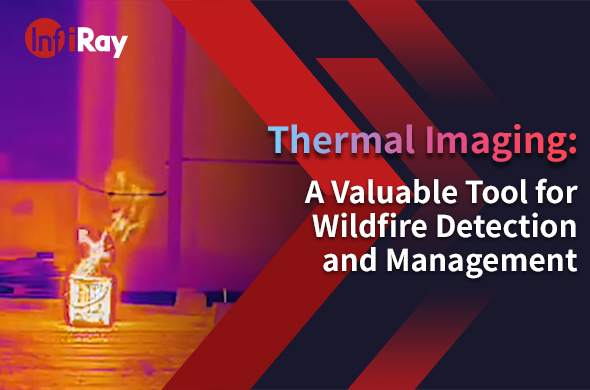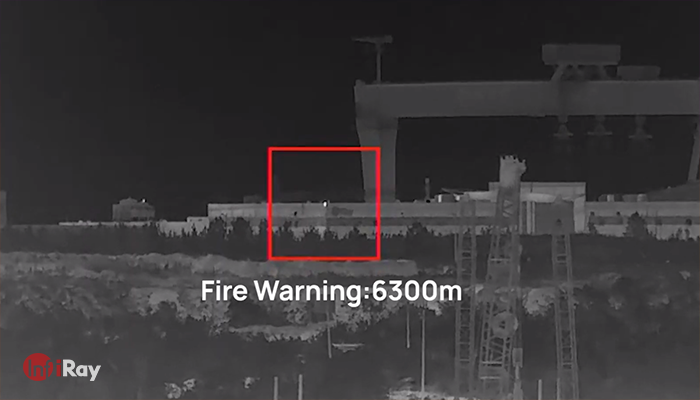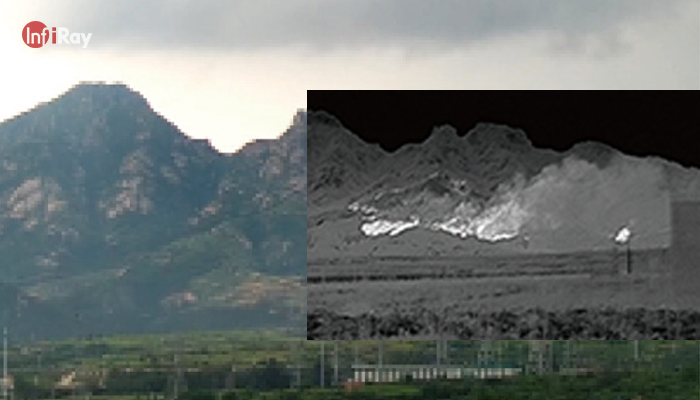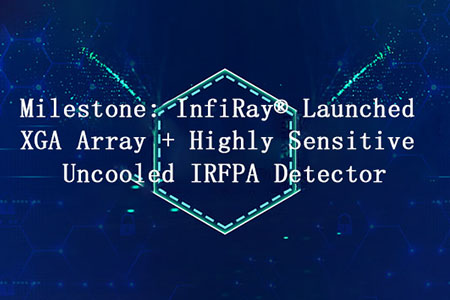Thermal Imaging: A Valuable Tool for Wildfire Detection and Management

A fire can cause catastrophic damage to land, communities, and wildlife, as well as harm people. Early detection and management of forest fires are crucial to minimize their potential harm. Thermal imaging is an effective tool for detecting and managing wildfires.
Here are three benefits of thermal imaging in wildfire detection and management:
1. Thermal security cameras can detect wildfires early
A major advantage of thermography for fire detection is that it can spot hot spots even when there is no visible light, like smog, mist, or dark. Thermal cameras can pick up hot spots, which are hot spots, and send them back to headquarters so that firemen can react fast. This is especially helpful when it comes to detecting fires that are likely to begin in a distant or hard-to-reach region, which might not work with traditional detection techniques.
Thermal cameras can be installed in unmanned aerial vehicles, helicopters, and aircraft, enabling rapid and efficient coverage of a wide area. This means that firefighters can spot fires well ahead of time, even if they are not seen, and take appropriate measures to control them. Such early detection could be used to save lives, to preserve property, and to minimize the destruction of a fire.

2. Thermal imaging can enhance situational awareness
Thermal cameras can also give firemen better situational awareness in a wildfire. The cameras can pick up variations in temperature and warmth, enabling firemen to determine where fires are likely to expand or become more intense. This information will assist firemen in determining where they should concentrate their efforts, for example by guiding water or firefighting equipment to a particular location, which will help keep the flames from spreading.
In addition, thermal can also assist in detecting possible risks, for example, hot spots close to electricity or gas pipes, which could be dangerous for firemen. Through the provision of this information, they can make an informed decision to protect themselves and the general public during wildfire management operations.

3. Thermal imaging security system is a cost-effective solution for wildfire management
A thermal imaging security system is a cost-effective method for detecting and managing wildfires. Conventional fire detection techniques, like observation towers, patrols, and ground sensors, are costly and time-consuming. By comparison, a thermal camera can be fast and efficient in covering a wide range of locations, thus eliminating the requirement for extra resources and manpower.
In addition, the use of thermal cameras may also contribute to a reduction in the total cost of managing fires. Through the detection and containment of fires at an early stage, firemen can stop the fires from continuing to expand and do more harm, which will eventually lead to cost savings over time.
Generally speaking, thermal image is an important tool for detecting and managing wildfires. It provides an early warning of forest fires, enhances the situation for firefighters, and provides a cost-effective approach to forest fires. Using thermal imaging in combination with other fire control technologies, firemen can make efforts to control and control fires rapidly and effectively, thus minimizing their potential harm.











